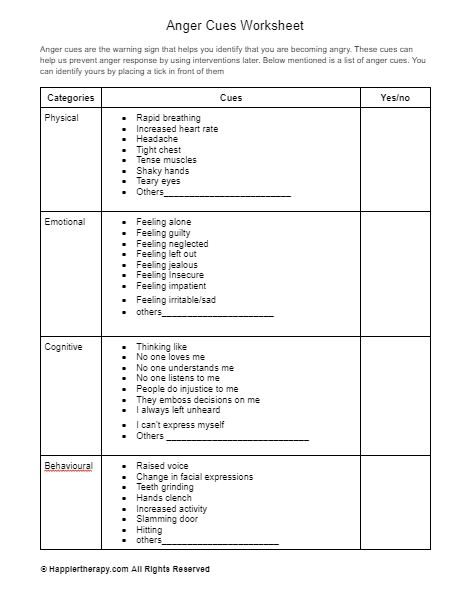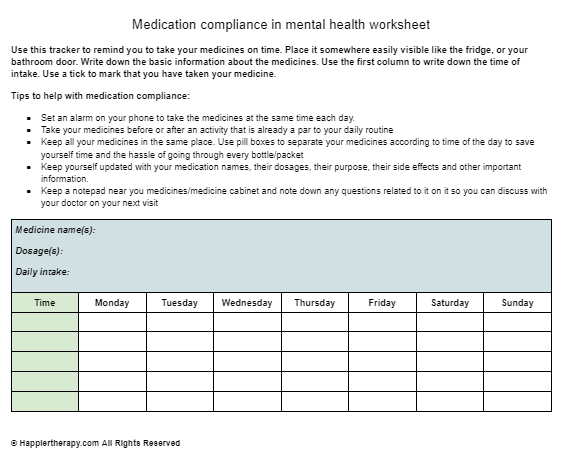ARC Therapy Worksheet
Download Worksheet
What is the theory behind this ARC Therapy Worksheet?
Attachment, Regulation and Competency is a type of intervention or framework that was developed for children and adolescents who have been through complex trauma in their lives. Complex trauma refers to severely disturbing traumatic events that had been repeatedly going on for a long time.The therapy focuses on building resilience in the youth by strengthening these three domains: Attachment, Self-regulation and Competency.
How will the worksheet help?
The worksheet provides important information to caregivers of children seeking ARC therapy regarding trauma triggers and how they can identify their child’s trigger response. It will help them be aware of the signs and symptoms of their child’s danger response.
How to use the worksheet?
This worksheet is a psychoeducation handout for the child’s caregiver to help them understand trauma triggers and how they can identify their child’s danger response. Instruct caregivers to go through the handout and clarify anything they don’t understand.

 By
By

